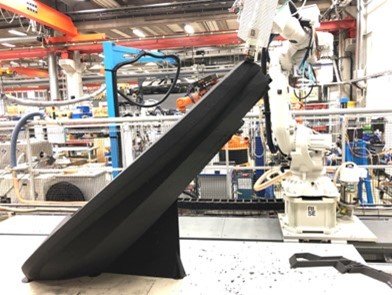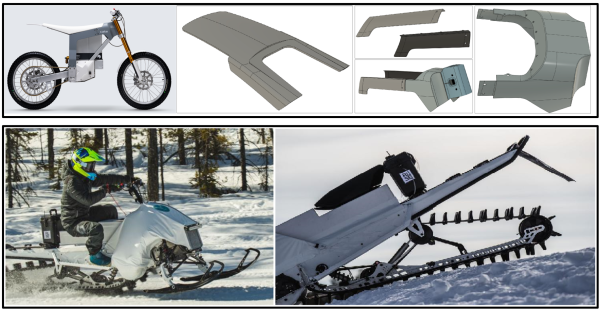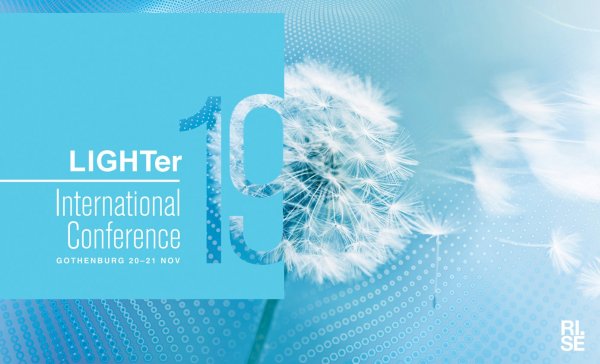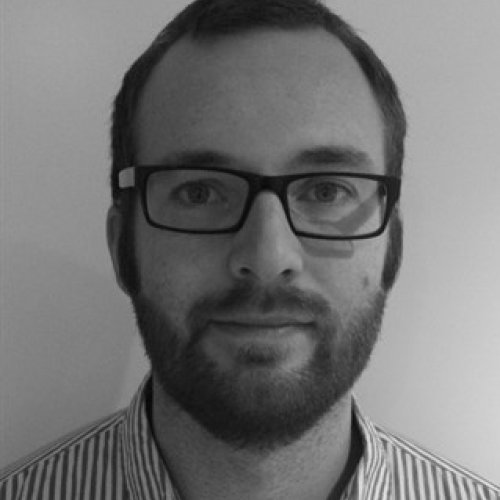Contribution to programme targets
ADMIRE contributes first of all to the innovation theme 50% lighter with shorter development times (Innovationstema 2) since simulation efforts can be dramatically reduced. Already now, preliminary academic examples indicate that adaptive delamination modelling can save a significant amount of computational time compared to state-of-the-art modelling.
ADMIRE also contributes to the innovation theme 50% lighter with lower costs (Innovationstema 1) since, with predictive models, expensive experimental testing can be replaced by more predictive simulations. It also contributes to the innovation theme 50% lighter using improved properties and innovative solutions (Innovationstema 4) since the analysis concept is disruptive in its application to composite modelling. In fact, it may be one of the few approaches which will enable efficient and accurate delamination growth analysis of larger components or substructures in the future.
Project implementation
The project consists of four work packages as described below:
WPA: Model development
Aim: To further advance the Isogeometric Analysis concept for modelling delamination growth.
Herein, Chalmers and Eindhoven University of Technology will develop the concept into a fully adaptive, computationally efficient and predictive modelling approach. In this work package, also GKN and VCG will contribute by defining a list of requirements for what the model should be able to handle.
WPB: Verification, experimental validation and benchmarking
Aims: To verify and validate the model against experimental results and to benchmark the modelling approach to existing modelling techniques at the industrial partners.
In the first step, the adaptive model will be verified against benchmark solutions in the literature for one and several delaminations. In the second step, the model will be validated against already existing mechanical test results available at GKN and VCG. Finally, the partners will also perform comparative simulation based on state-of-the-art FE modelling techniques to serve as a benchmark against the IgA concept.
WPC: Feasibility assessment and inventory of future research needs
Aim: To explore and analyse how the proposed IgA concept can be integrated in the design and analysis procedure used by industrial partners
In this WP, all partners will together explore and analyse the potential of a future Research and Innovation project for industrial implementation, including the identification of the steps required to implement the approach in the design software used by the industrial partners, and the steps necessary to have it implemented in their design and analysis methodology.
WPD: Meetings and dissemination
Aim: To disseminate the results of the project
Project internal dissemination will take place during small workshop-like meetings in conjunction with the ordinary project meetings. For external dissemination, it is expected that the work in the project be publicly disseminated at least in one journal publication, in one presentation at an international conference and in presentation at one of the upcoming LIGHTer results workshops.
Deltagande företag
Chalmers
GKN
Volvo Car Group
Eindhoven University of Technology
Siemens Industry Software
BETA CAE Nordic













